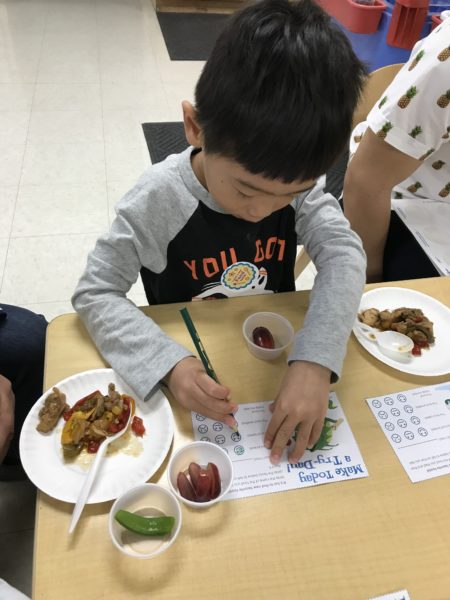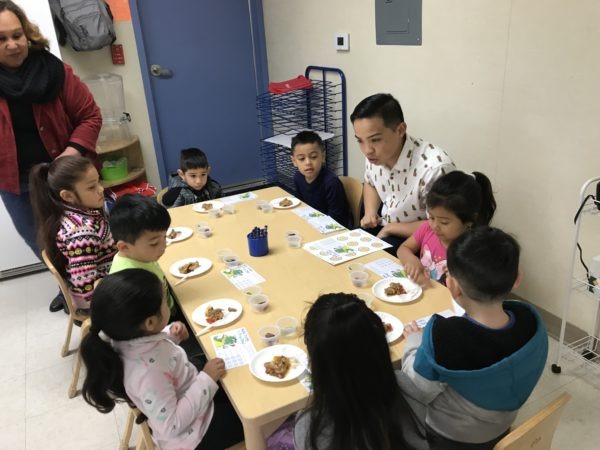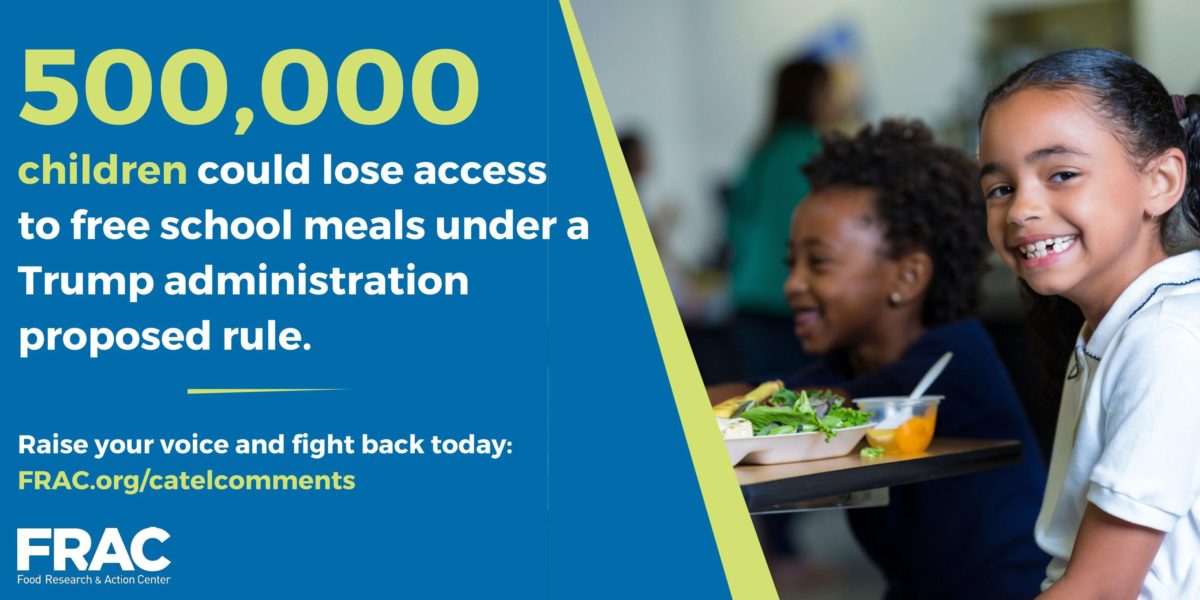Cuts to SNAP Food Assistance Would Harm Young Children
By Michele Stillwell-Parvensky, Vice President of Advocacy and Policy at Kidango
August 30, 2019
Last month, the Trump administration issued a proposed rule that would cut SNAP/CalFresh food assistance. If enacted, an estimated 3.1 million people across the country would lose their SNAP benefit, putting them at risk for hunger. That would mean 230,000 or more low-income Californians would lose access to vital food assistance. And the devastating impact on families with children doesn’t stop there – more than 500,000 children across the country could lose access to free meals at schools, preschools or child care programs.
A nutritious diet is fundamental to ensuring active minds and healthy bodies, especially for our youngest children. Children who don’t get enough to eat — especially during their first five years — begin life at a serious disadvantage. New research shows that children who experienced food insecurity in their first five years of life are more likely to lag behind in social, emotional and cognitive skills when they begin kindergarten. When they’re hungry, children are more likely to be hospitalized and they face higher risks of health conditions like anemia and asthma, according to Feeding America.

The proposed SNAP rule would put millions of American children and families at greater risk of hunger. The rule targets low-income families by seeking to end a long-standing policy – called categorical eligibility – that currently allows states to raise SNAP income eligibility limits slightly if families have high housing or child care costs, and enroll families in food stamps if they have applied for other benefits.
The proposed rule would also harm to low-income students and the schools and child care programs that serve them. Currently, children whose families receive SNAP are automatically eligible for free school breakfast and lunch without having to submit an application. Similarly, low-income young children can receive free meals at their child care or preschool program through the Child and Adult Care Food Program (CACFP). The proposed SNAP cuts would end automatic eligibility for free meals at schools, preschools or child care programs for more than 500,000 children.
That means that young children in low-income families might lose access to free breakfast and lunch at school or child care at the same time when their parents are struggling more to put food on the table at home due to being cut off of SNAP/CalFresh. The proposed cuts would hinder the healthy development of our babies, toddlers, and preschoolers during a critical time of growth and learning.
At Kidango, we take every child’s right to nutritious food very seriously. That’s why we provide more than 5,000 meals a day for young children across the Bay Area, and every infant, toddler, and preschooler in our programs receives free, nutritious meals and snacks every day. Unfortunately, the proposed SNAP rule and its impact on automatic child eligibility for the CACFP would undermine the ability of child care and preschool programs like Kidango to provide meals to children.

The good news is that we can fight back against this attempt to take food assistance and free school meals away from children and families! The federal government must read and respond to every public comment submitted before September 23 before finalizing the rule. Kidango is joining with a broad coalition of advocates across the nation to try to generate as many comments as possible highlighting how cuts to SNAP harm children and families. You can submit your own comment at https://handsoffsnap.org/ – adding a personal comment is particularly important.










